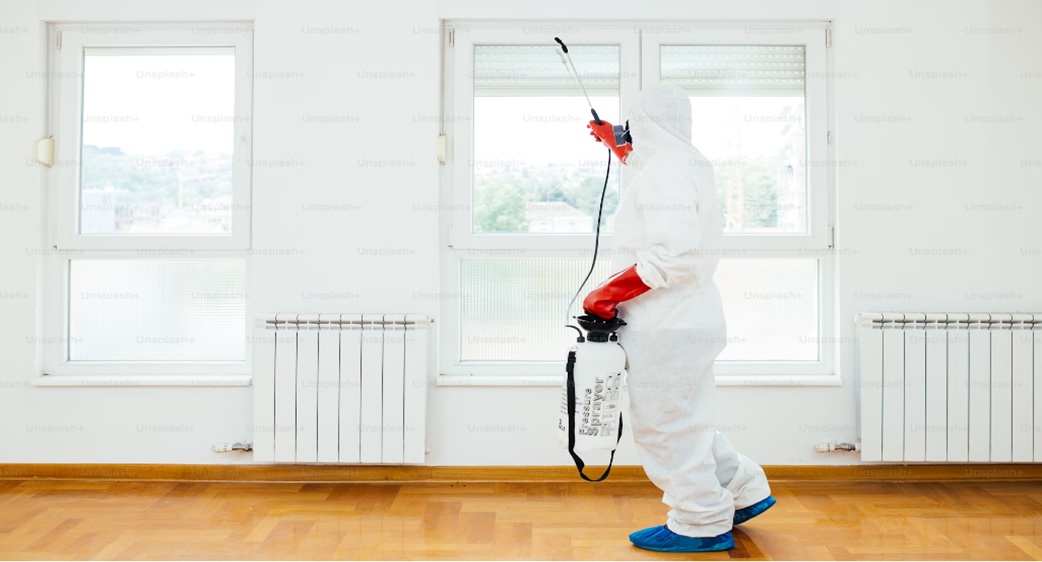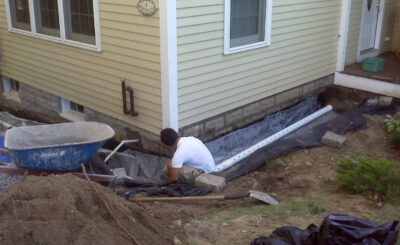Lead dust is a serious health hazard, particularly in older rental homes where lead-based paints and materials are commonly used. As awareness of the dangers of lead poisoning has grown, so has the importance of ensuring that rental properties are safe and compliant with lead dust regulations. This article explores the critical aspects of lead dust testing in rental homes, emphasizing the importance of safety and compliance for both landlords and tenants.
Understanding Lead Dust and Its Risks
Lead is a toxic metal that was widely used in household paints, plumbing materials, and other products before its dangers were well understood. When lead-based paint deteriorates, it creates lead dust that can settle on surfaces and become airborne, posing a significant health risk. Children are particularly vulnerable to lead poisoning, which can result in developmental delays, learning difficulties, and other severe health problems. For adults, exposure can lead to high blood pressure, kidney damage, and reproductive issues.
The Need for Lead Dust Testing in Rental Homes
Given the potential health risks, lead dust testing in rental homes is essential. Rental properties, especially those built before 1978, are likely to contain lead-based paint and materials. Regular lead dust testing helps identify and mitigate the presence of lead, ensuring that tenants are not exposed to hazardous conditions.
Regulatory Requirements and Compliance
In many regions, landlords are legally required to conduct lead dust testing and disclose the presence of lead hazards to tenants. The Environmental Protection Agency (EPA) in the United States, for example, enforces the Lead-Based Paint Renovation, Repair, and Painting (RRP) Rule, which mandates that contractors working on pre-1978 homes and child-occupied facilities must be certified and follow specific work practices to prevent lead contamination.
Landlords must also comply with the Lead Disclosure Rule, which requires them to provide tenants with an EPA-approved information pamphlet on lead safety, disclose any known lead-based paint hazards, and include specific warning language in leases. Failure to comply with these regulations can result in significant fines and legal action.
The Process of Lead Dust Testing
Lead dust testing involves collecting dust samples from various surfaces in the home, such as floors and windowsills, and analyzing them for lead content. This process typically includes the following steps:
- Preparation: The area to be tested is prepared by ensuring it is free of debris and accessible for sample collection.
- Sampling: Dust samples are collected using specialized wipes or vacuum equipment from specific areas, such as floors, windowsills, and other horizontal surfaces.
- Analysis: The collected samples are sent to a certified laboratory for analysis to determine the lead content.
- Reporting: The results are reported to the landlord and, if necessary, to the tenants, along with recommendations for remediation if elevated lead levels are found.
Ensuring Tenant Safety and Well-Being
For landlords, conducting regular lead dust testing is not just about regulatory compliance; it’s also about ensuring the safety and well-being of their tenants. Rental property lead dust testing can help identify potential hazards before they cause harm, providing peace of mind for both landlords and tenants. By addressing lead hazards promptly, landlords can create a safer living environment, which can enhance tenant satisfaction and reduce turnover.
Remediation and Ongoing Maintenance
If lead dust is detected, remediation measures must be taken to eliminate the hazard. This may involve professional lead abatement services, such as removing or encapsulating lead-based paint, thorough cleaning to remove lead dust, and repairing deteriorating surfaces that may generate lead dust. Landlords should also implement ongoing maintenance practices to prevent future lead contamination, such as regular inspections and prompt repairs.
Educating Tenants About Lead Safety
Educating tenants about lead safety is another crucial aspect of managing rental properties with potential lead hazards. Tenants should be informed about the risks of lead exposure, the importance of reporting deteriorating paint or dust, and the steps they can take to minimize their risk. Providing tenants with clear information and resources can empower them to contribute to maintaining a safe living environment.
The Role of Professional Lead Inspectors
Professional lead inspectors play a vital role in the lead dust testing process. These certified professionals have the expertise and equipment needed to accurately assess lead hazards and provide reliable testing results. Landlords should work with reputable lead inspection companies to ensure that their properties are thoroughly tested and that any necessary remediation is conducted according to regulatory standards.
Conclusion
Lead dust testing in rental homes is a critical aspect of ensuring safety and compliance. By conducting regular lead dust testing, landlords can protect their tenants from the dangers of lead poisoning, comply with regulatory requirements, and create a healthier living environment. Rental property lead dust testing is not just a legal obligation but a moral responsibility to ensure the well-being of those who call these properties home. By staying proactive and informed, landlords can contribute to a safer and healthier community for everyone.








